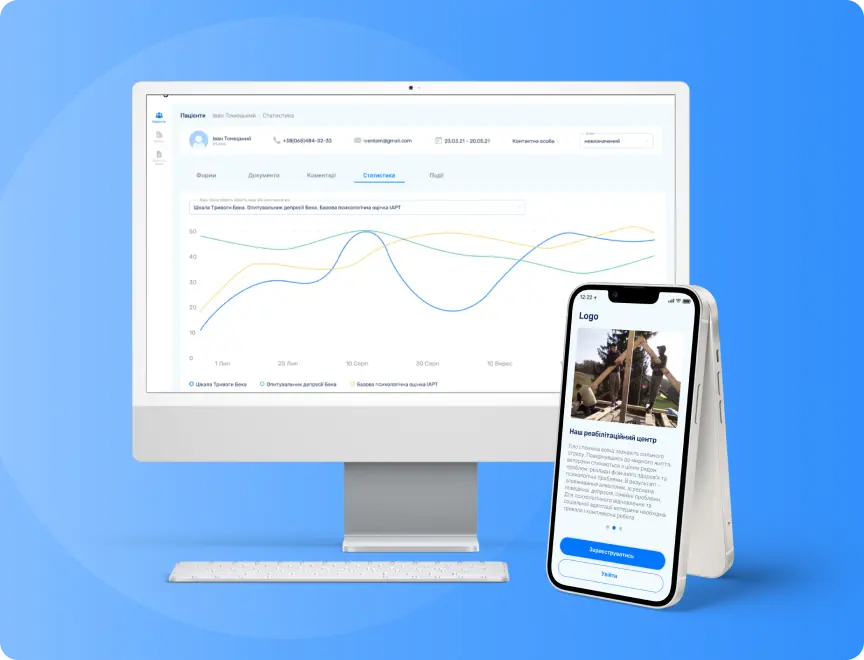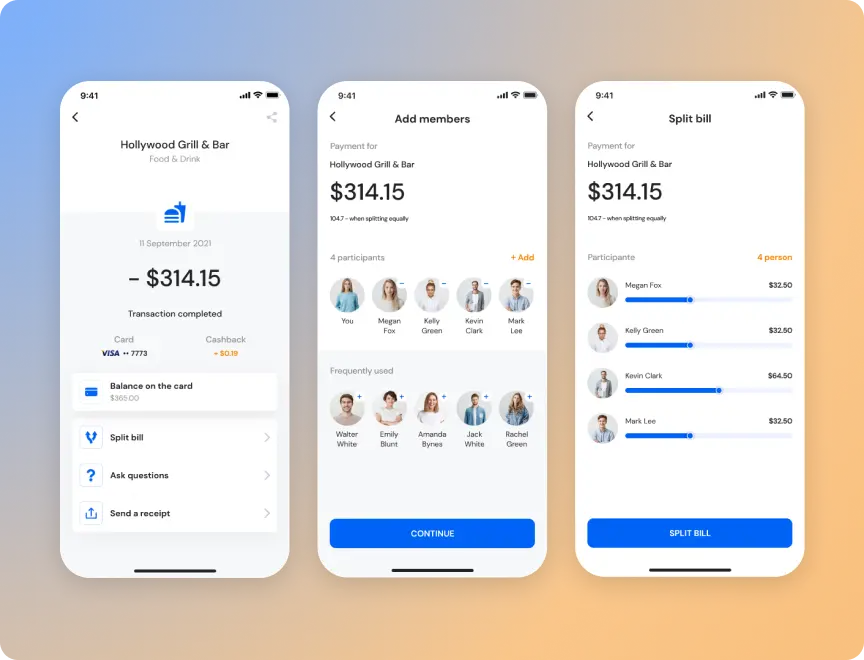Product Design
Our design team understands the power of aesthetics blended with high-end user experience. We turn your ideas into tangible designs and make sure that your product looks visually appealing and aligns perfectly with the end-user needs and your strategic business objectives.






